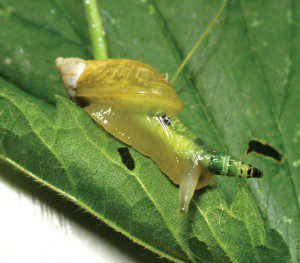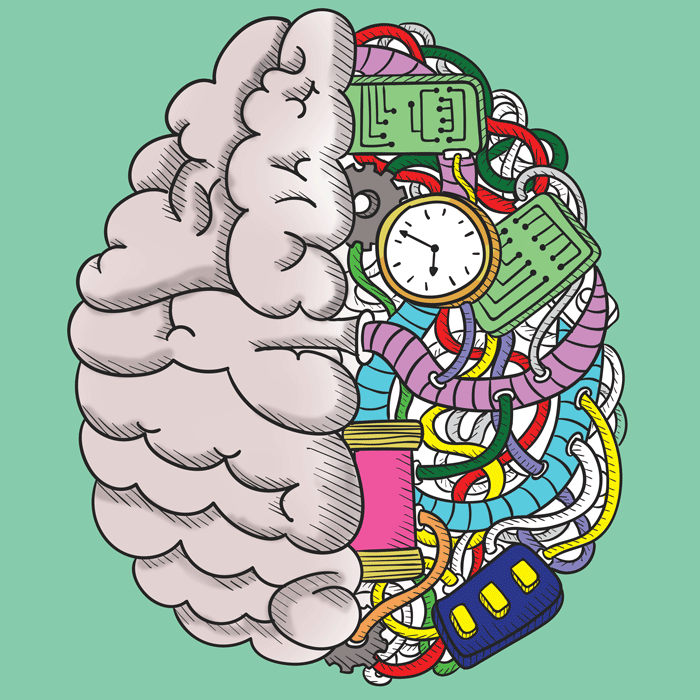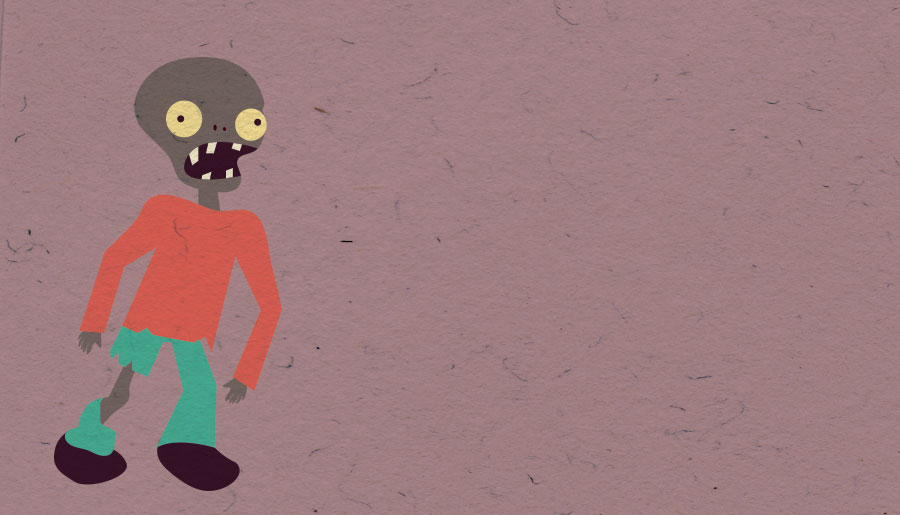Chemistry for Medicine
Written by Kristina Farrugia

In medicine a timely and accurate diagnosis can decide the chances of survival of a patient. Supramolecular Chemistry is a field that explores the design of intelligent molecules that can assist doctors when taking lifesaving decisions. These intelligent molecules can identify the type and amount of proteins in a patient’s blood or tissue that would indicate disease—in a similar method to blood glucose test strips.
Final Frontier: Our Brain
Prof. Giuseppe Di Giovanni
Coordinator of the new Malta Neuroscience Network
Racing Dreams
Fusing philosophy and performance
 Interdisciplinary research and practices blur boundaries. While the premodern approach to research distils areas into fine categories and certainties, interdisciplinary ideas spread across different fields. Performance is charged with interdisciplinarity.
Interdisciplinary research and practices blur boundaries. While the premodern approach to research distils areas into fine categories and certainties, interdisciplinary ideas spread across different fields. Performance is charged with interdisciplinarity.
The University of Malta’s School of Performing Arts conducts interdisciplinary research that connects the performing arts with various disciplines in the Sciences and Humanities. This year’s school annual conference focused on this, in particular on eight overlapping performance categories: everyday life, the arts, sports, business, technology, sex, ritual, and play. The performing arts can endlessly combine these groupings in ways that range from theatre, dance, and music, drawing material from—but also impinging upon—everyday life, to training in performance and in sports. These arts share the drive for efficacy and efficiency with business, besides witnessing an increasing use of technological innovation.Continue reading
Can We Become Zombies After Death?


Yes, hypothetically we can be transformed into brain loving zombies. A scary answer to a scary question.However, before going out to buy a chainsaw to cut those zombies in half please be aware that a human zombie has never existed.
The rest of the animal kingdom isn’t so lucky. Different types of fungi, parasites, and pathogens have altered the life of other organisms and transformed them into zombies. One of the most graphic examples is Leucochloridium paradoxum, a tapeworm which has been observed to infect and take control of snails. After inserting itself into the snail’s body, the tapeworm slowly spreads and concentrates in its eye stalks making these look like tasty green caterpillars. In turn this makes the snail more eye-catching for hungry birds that are an intermediate host for this parasite. If that is not gory enough just wait for the zombie part.
The flatworm makes the snail do its bidding by exposing itself during daylight. By staying on the highest leaves pulsing the eye stalks making them look like tasty morsels ready for the picking by the hungry birds above.
This case is not unique. There are other species which are known to be zombified: ants, flies, crickets, and others. At the time of writing no fungus, parasite, bacteria, or virus has been found to infect and transform humans. Till then there is no need to get your zombie-proof chainsaw and sawn-off shotgun. •
Is new tech killing social interaction?
by Matthew Cesareo from the Gadgets team












